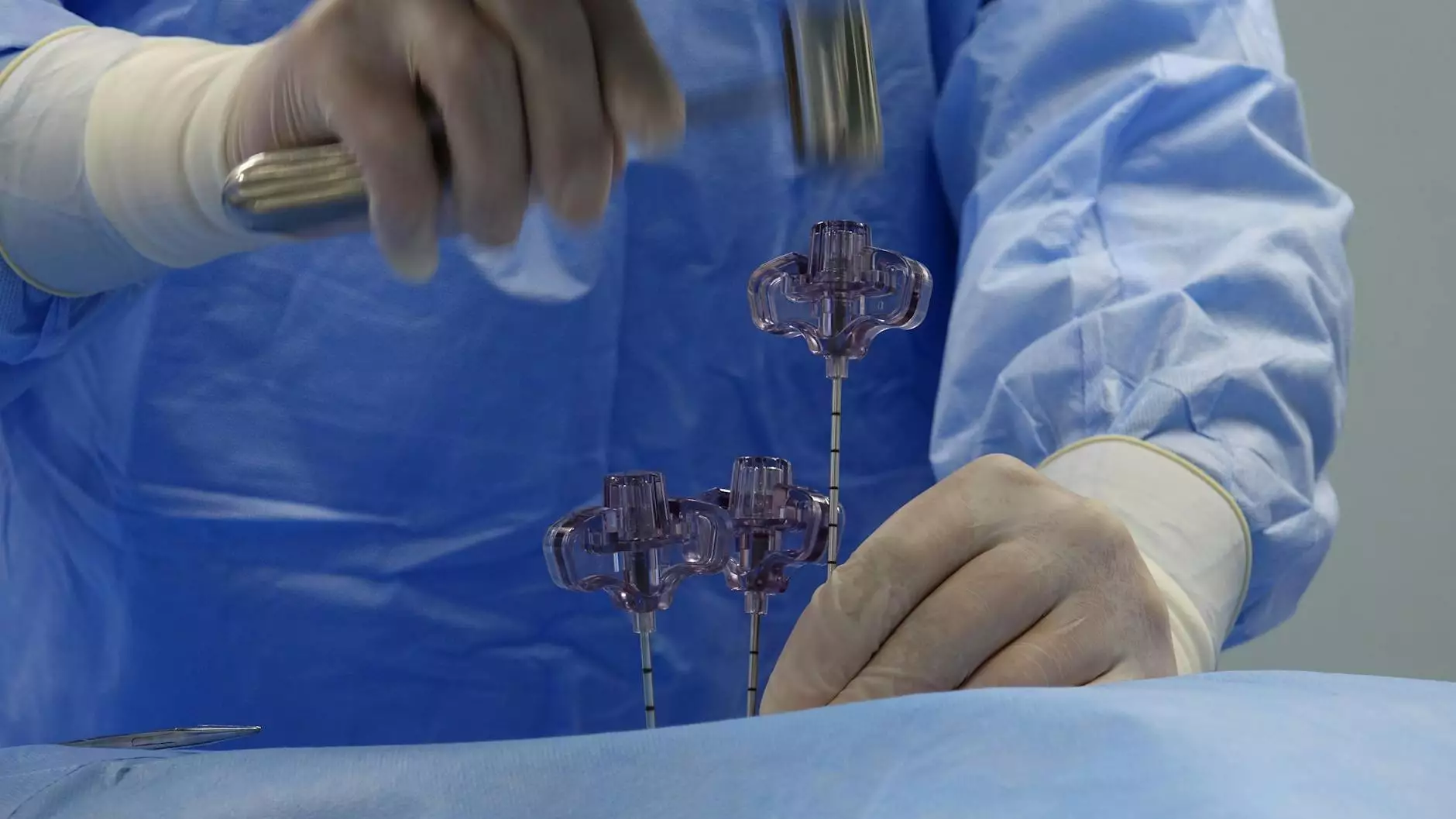Understanding Peroneal Tendons: Importance in Health and Foot Care

The human body is a remarkable system of structures working in harmony to enable mobility and functionality. Among these structures, the peroneal tendons play a critical role in maintaining the integrity and strength of the ankle and foot. Understanding these tendons is not only essential for medical professionals but also for anyone seeking to improve their foot care and overall health.
What Are Peroneal Tendons?
The peroneal tendons are two key tendons—specifically, the peroneus longus and peroneus brevis—that run along the outer side of the lower leg and ankle. These tendons originate from the peroneus muscles, which are responsible for foot eversion (turning the foot outward) and providing stability to the ankle joint.
Anatomy of the Peroneal Tendons
To delve deeper into the anatomy of the peroneal tendons, let’s break down their parts:
- Peroneus Longus: This tendon starts at the fibula, wraps around the lateral malleolus, and then crosses under the foot to attach to the first metatarsal bone and the medial cuneiform. It plays a significant role in foot stabilization and maintaining the arch.
- Peroneus Brevis: This tendon is shorter and runs beneath the peroneus longus. It also begins at the fibula and attaches to the base of the fifth metatarsal bone. Its primary function is to assist in eversion and provide lateral stability to the ankle.
Functions of the Peroneal Tendons
The peroneal tendons perform several essential functions that contribute to overall foot mechanics:
- Foot Eversion: The primary function of the peroneal tendons is to facilitate foot eversion, allowing the foot to turn outward, which is crucial for maintaining balance during walking and running.
- Stabilization: They help stabilize the ankle joint, especially during activities that involve lateral movements, such as sports or dance.
- Arch Support: The peroneus longus plays a vital role in maintaining the foot’s arch, which is essential for absorbing shock and providing a stable base during standing, walking, and running.
- Dynamic Movement: During physical activities, these tendons aid in adjusting body mechanics, preventing excessive rolling of the foot, which could lead to injuries.
Common Injuries Associated with Peroneal Tendons
Like any other part of the body, the peroneal tendons are susceptible to injuries, particularly in athletes and individuals engaged in high-impact activities. Some common injuries include:
- Tendinitis: Inflammation of the tendons due to overuse or strain, leading to pain and limited mobility.
- Tendon Ruptures: Occurs when there is a complete tear of the tendon, often requiring surgical intervention.
- Peroneal Subluxation: This condition involves the peroneal tendons slipping out of their normal position, often due to a sudden twist or impact.
Symptoms of Peroneal Tendon Injuries
Recognizing the symptoms of peroneal tendon injuries is critical for timely intervention. Symptoms may include:
- Pain along the outside of the ankle, especially during movement.
- Swelling and tenderness in the outer ankle region.
- Weakness while attempting to turn the foot outward.
- Instability or sensation of the ankle giving way.
Diagnosis of Peroneal Tendon Injuries
If you experience symptoms associated with peroneal tendon issues, consulting a healthcare professional is imperative. The diagnosis may include:
- Physical Examination: A thorough examination focusing on tenderness, swelling, and range of motion of the ankle.
- Imaging Tests: X-rays, MRI, or ultrasound can be utilized to view the tendons' condition and rule out other injuries or abnormalities.
Treatment Options for Peroneal Tendon Injuries
Depending on the severity of the injury, treatment options for peroneal tendon issues vary:
- Rest and Ice: Initial treatment often includes resting the affected area and applying ice to reduce swelling.
- Physical Therapy: Specific exercises may be prescribed to improve strength, flexibility, and function.
- Medications: Nonsteroidal anti-inflammatory drugs (NSAIDs) may be recommended to alleviate pain and inflammation.
- Surgery: In cases of severe injury, such as ruptures or persistent instability, surgical intervention might be necessary to repair the damaged tendon.
Prevention of Peroneal Tendon Injuries
Preventing injuries related to the peroneal tendons involves both strengthening and conditioning your feet and ankles. Here are some effective strategies:
- Warm-Up Routines: Always perform a comprehensive warm-up before engaging in physical activities to prepare your muscles and tendons.
- Strength Training: Focus on strengthening the calf, ankle, and foot muscles to provide better support to the peroneal tendons.
- Proper Footwear: Wearing appropriate shoes that offer adequate support and cushioning can drastically reduce the risk of injury.
- Gradual Increase in Activity: When starting a new exercise regimen, increase intensity and duration gradually to avoid overuse injuries.
The Role of Podiatrists in Maintaining Peroneal Tendon Health
Podiatrists are specialized medical professionals who focus on foot and ankle health. They play a crucial role in diagnosing and treating issues related to the peroneal tendons. Regular check-ups can significantly enhance foot health and prevent potential injuries. Here’s how podiatrists contribute:
- Expert Evaluation: Podiatrists can accurately assess foot mechanics and identify potential issues before they become severe.
- Custom Orthotics: They can prescribe custom orthotic devices that provide additional support, particularly for individuals with structural foot issues.
- Rehabilitation Guidance: Whether recovering from an injury or managing a chronic condition, podiatrists can develop personalized rehabilitation programs that focus on safe recovery and optimal foot health.
Conclusion: Prioritizing Your Foot Health
In summary, understanding the peroneal tendons and their significance is vital for maintaining foot health and preventing injuries. With this knowledge, individuals can take proactive steps to care for their feet, seek appropriate medical attention when needed, and engage in activities that enhance their overall health. By prioritizing foot care, you ensure a solid foundation for your mobility and overall well-being.
For more information on foot care and to consult with qualified podiatrists, visit The Foot Practice, where expert advice is just a click away.









